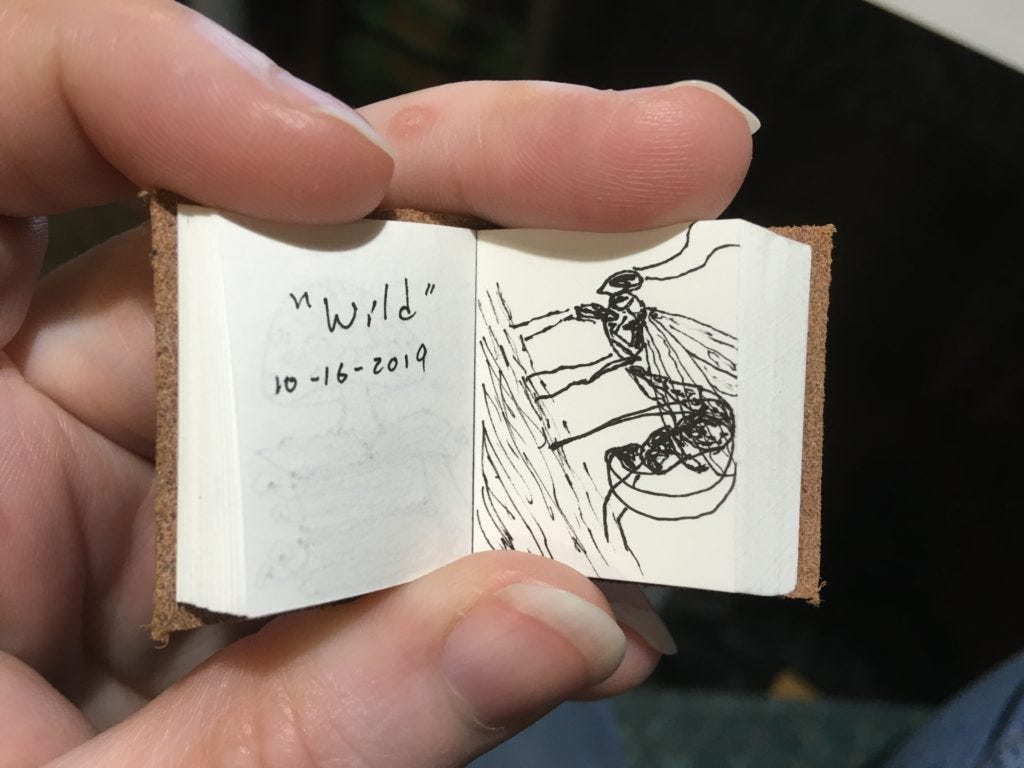Doin' the Horizontal Mambo
Passing on one's genetic material is perhaps the driving force behind life as we know it. It is as close to immortal as any of us, unicellular or multicellular, can get. Viewing biology in these terms, it should not have surprised us to discover that organisms have loads of other ways to pass themselves into the next generation than simply indulging in sex.
Horizontal gene transfer is just one of those ways, but it's a very interesting one. Not all genes are likely to be exchanged in this fashion, but science has learned that many prokaryotes (unicellular organisms like bacteria) do this often, and use it as a way to pass on traits that prove useful, like antibiotic resistance. Bacteria aren't the only ones doing it, though. It happens in the so-called higher organisms as well, including humans (although notably not as much as was recently claimed following the initial mapping of the entire human genome). Fungus seem to have taken to the method of exchanging genetic material with particular glee.
Some organisms have taken it a step further. Viruses, which rely on other cells entirely for their genetic reproduction - in essence, they hijack the cell to create their offspring, which is why we consider virii dead rather than alive, although shockingly prolific for their weird necrostatus, nonetheless - are also used by some parasitic wasps. As a tool in reproduction, no less! "The family Polydnaviridae is of interest because it is the only known example of viruses that have evolved into vertically transmitted agents that benefit their hosts yet do so by continuing to function in many respects like the viruses they evolved from. As such, polydnaviruses (PDVs) have evolved into mutualists and provide a study system for understanding how their obligate associations with hosts affect viral genome architecture and function."
Breaking that down a little, what we have here are mutually beneficial relationships between a pathogenic virus and a parasitic wasp, a team that work together to keep the prey of the wasp compliant to the newly hatched larvae that are eating it from the inside out. Braconid wasps are the cullers of the invertebrate world, keeping the populations in check so they do not crowd out food sources and diseases don't run rampant - and they do this in partnership with a tame virus. It's a weird world we live in, isn't it?
Let's make it even weirder. Because while the parasitic wasps lay their eggs, and their virus mind-control agents, on many kinds of insects, they seem to prefer caterpillars. I can see why - the often colorful larvae of moths and butterflies are slow-moving, building up huge resources in their bodies in order to undergo extensive metamorphosis, and are usually unable to protect their soft bodies from the wasps. Easy pickings. Easy enough that they seem to have become the equivalent to the wasp's livestock, through genetic modification. Genomic sequencing has shown that Lepidopterans are hot zones of horizontal gene transfer, and most of that is the virus family associated with the parasitic wasps. Other kinds of insects, like beetles or flies, do not show the same amount of virus-assisted gene transfer, no doubt because they are armored with chitin, or can flit away quickly when a wasp lands nearby with egg-laying on her mind.
In the end, while there is penetration involved, the genes transferred in this case aren't combining with the genes of the host in the way you'd expect to result in offspring. Well. There are new wasps. But the caterpillar is going to regret this particular dance with death.
This inspiration for this wild post? My daily Inktober sketch of an ichneumon wasp doing her thing.





